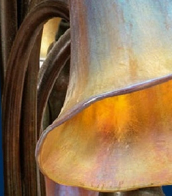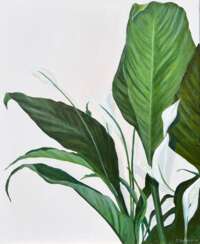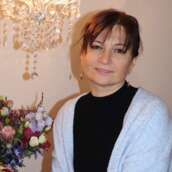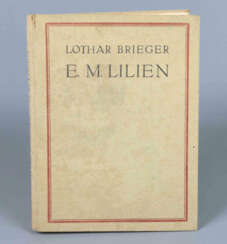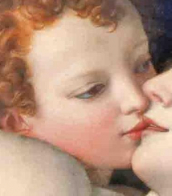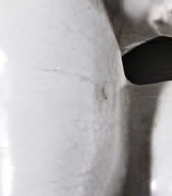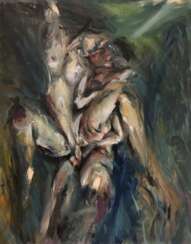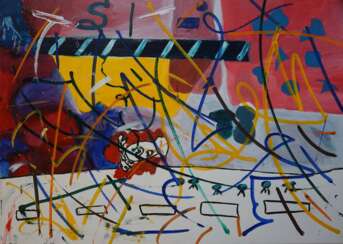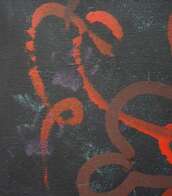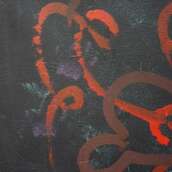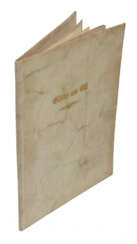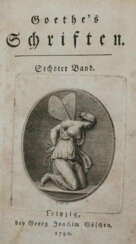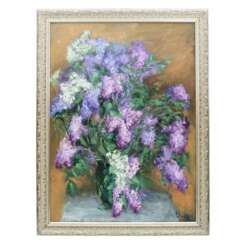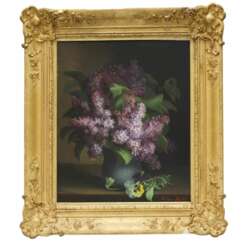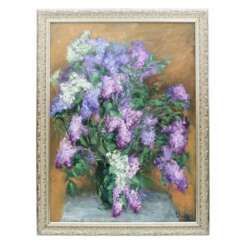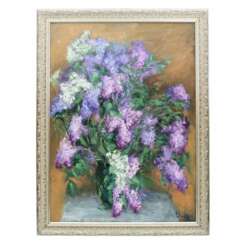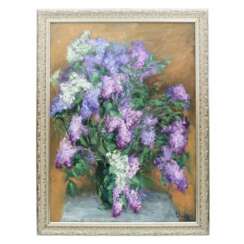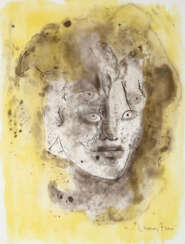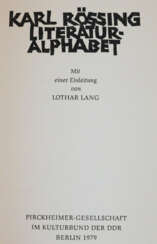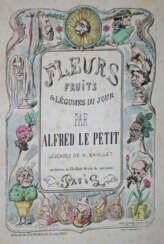103 Items by auctions and galleries:
lilás
Nature the river and water lily Painting by Aleksandr Dubrovskyy
Aleksandr Dubrovskyy (b. 1949) 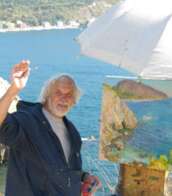 Shop Dubrovskyy Aleksandr
Shop Dubrovskyy Aleksandr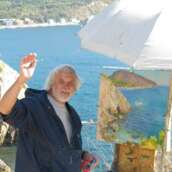

Aleksandr Dubrovskyy
10.06.1949
Ukraine
https://mssg.me/dubrovskyy
1949: Alexandr Dubrovskyy Ukrainian painter - impressionist
1956-1965: Studies at the studio of fine arts in Enakievo (Ukraine)
1969: Graduates from Kharkiv State Art School (professor Tanpeter, Ukraine)
1972-1984: Participated in numerous prestigious personal and collective exhibitions of the Soviet Union and abroad
1973-1975: Exhibitions of contemporary Soviet art (Tokyo, Kyushu, Japan)
1973-1984: Creative trips to the art center of SEDNIV (Ukraine). Worked together with and learned at the same time from outstanding painters such as Konstantyn Lomykin, Fedor Zakharov, Nikolay Glushchenko, Viktor Shatalin, and Tatyana Yablonskaya.
1984-2019: Participated in the personal and collective exhibition all around Ukraine and abroad
1985-1993: International exhibitions of contemporary art (Algeria)
1987: Member of National Union of Artists of Ukraine
1992: An exhibition of artists of the St. Petersburg School of Painting (ARCOLE Gallery, Paris, France)
1995-2004: Designed & Created mosaic panels at the Cathedral of Saint Mina (Alexandria, Egypt)
2003-2005: Designed & Created mosaics in St.George's Cathedral of Vydubitsky Monastery (Kyiv, Ukraine)
2007-2020: Exhibitions of Plein Air painting (All around Ukraine and abroad)
Permanent exhibitions:
• Museum "Art Gallery" in the Golitsyn Palace (Trostyanets, Sumy region, Ukraine)
• Horlivka Art Museum - shows the painting of the Soviet period (Horlivka, Donetsk region, Ukraine).
• Lebedin City Art Museum. B.K. Rudneva (Lebedin, Sumy region, Ukraine)

Artist shop
Dubrovskyy Aleksandr
Ukraine
Number of products: 37
If you ever feel lonely...
Serge Lilac (b. 1992) 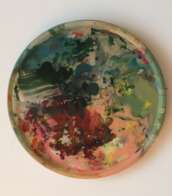 Shop Lilac Serge
Shop Lilac Serge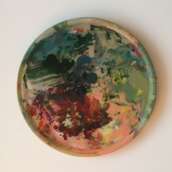

Serge Lilac
31.07.1992
Russia
I explore the themes of human personalization and depersonalization, the influence of external factors on the personality of a person, the parallels between character traits and the techniques of fine art in my works. The past and the present, life and death, religion and science, rhythm and rest. Finding the points of contact with inspiration in unexpected and the most secret corners of my consciousness, I want to show the world my own personality and attitude through creativity.

Artist shop
Lilac Serge
Russia
Number of products: 26









